For many of us who live in Miami, Vizcaya Museum and Gardens has been a place we’ve either only heard of or been to once as a child, but few of us really know it. There’s always been a Gatsby-esque mystery to the estate of agricultural industrialist James Deering. One of the most beautiful National Historic Landmarks preserved in our city, Vizcaya is our connection to the past. Built between 1914 and 1922 and remaining nearly intact, the lavish mansion and its gardens are our connection to an era of lavish design, decadent parties, and wealth.
This month, Vizcaya celebrated the opening of Phase I of a year-long contemporary art exhibition, titled Lost Spaces and Stories of Vizcaya, to commemorate the estate’s centennial. The exhibition aims to “explore the history, original design intent, and daily life” at Vizcaya in the early years from a unique perspective.
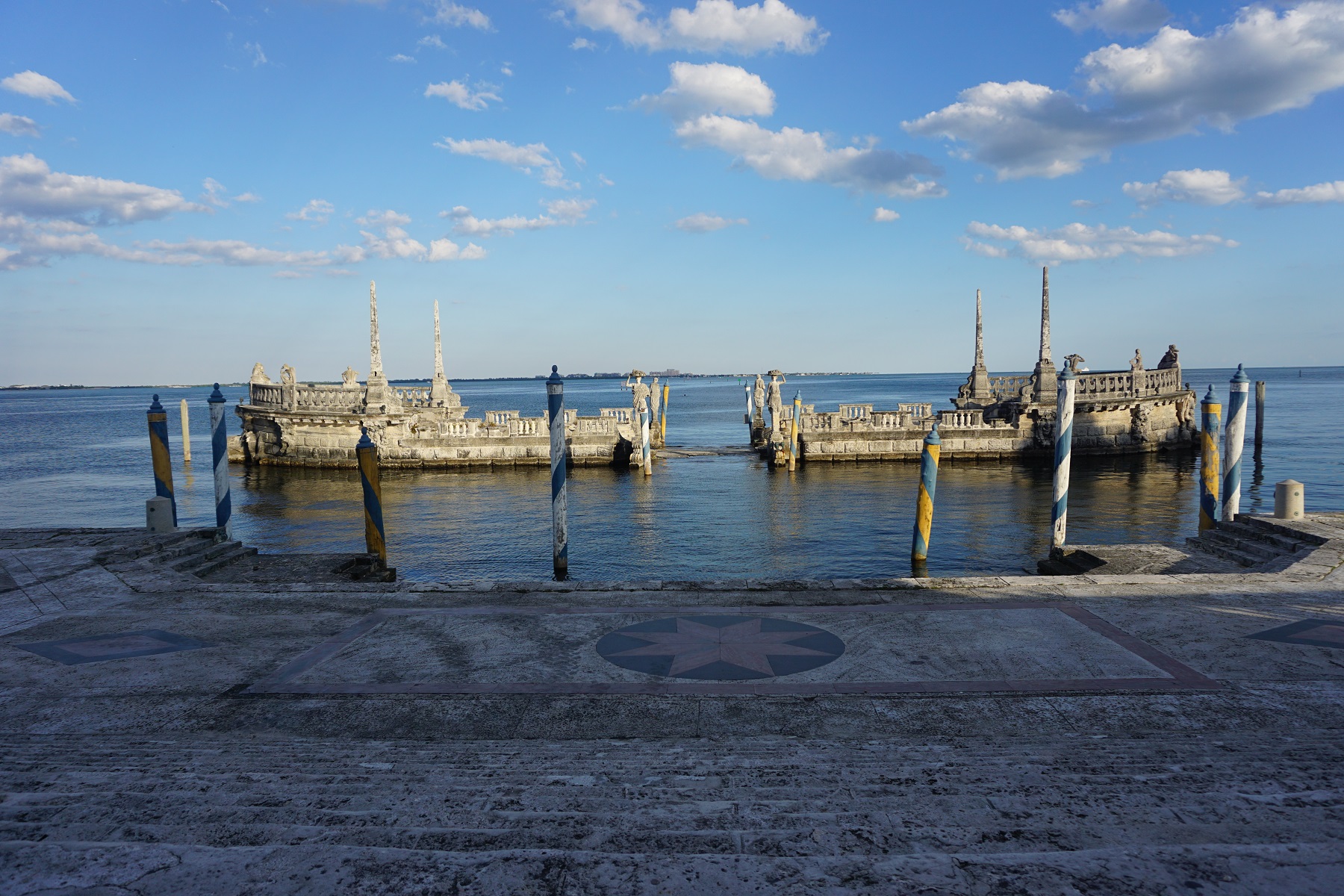
In an attempt to resurrect the stories and spaces that have been lost over time, curator Gina Wouters tells Coral Gables Love that Vizcaya’s Contemporary Arts Program held an open call for what would be a pretty competitive process. Two hundred local artists responded with their proposals of how they would interpret the original spirit of the estate and attempt to restore the spaces that no longer exist and the lives of staff which had been previously omitted from the current interpretation. Wouters explains it was important that the artists be locals in order to ensure that the essence and context of Miami would be a part of their pieces.

Eleven of those two hundred artists were selected and commissioned to create site-specific installations that bring these spaces and stories “back to life.” Phase I artists, Juraj Kojs, Duane Brant, David Rhon, Frances Trombly, Magnus Sigurdarson, Lucinda Linderman, and Amanda Keeley, then showcased on May 5th.
Scattered throughout the main house, you will find the works of David Rohn and Frances Trombly. Both artists sought to tell the previously silenced stories of Vizcaya’s staff. Rohn takes one photograph and eerily transform it each time to recreate portraits of the staff and then places the framed portraits in the spaces where they would have served. Staring into the eyes of each portrait and accepting as each stares back at you will transfix you and transport you into the times of secrecy and servitude. Trombly, on the other hand, is much more subtle in approach, designing understated pulls for the historic bell pulls that once summoned the staff throughout the Main House.

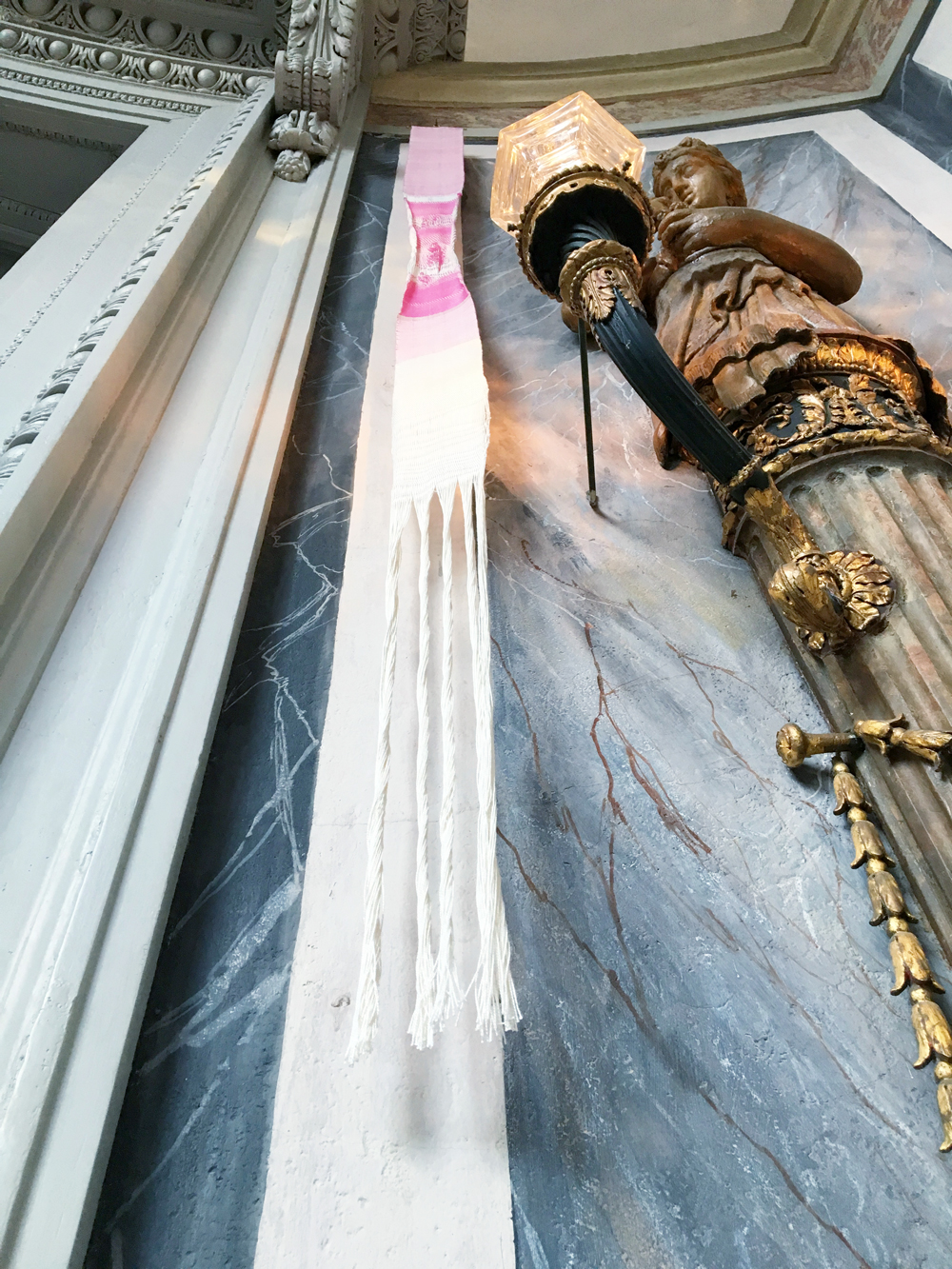
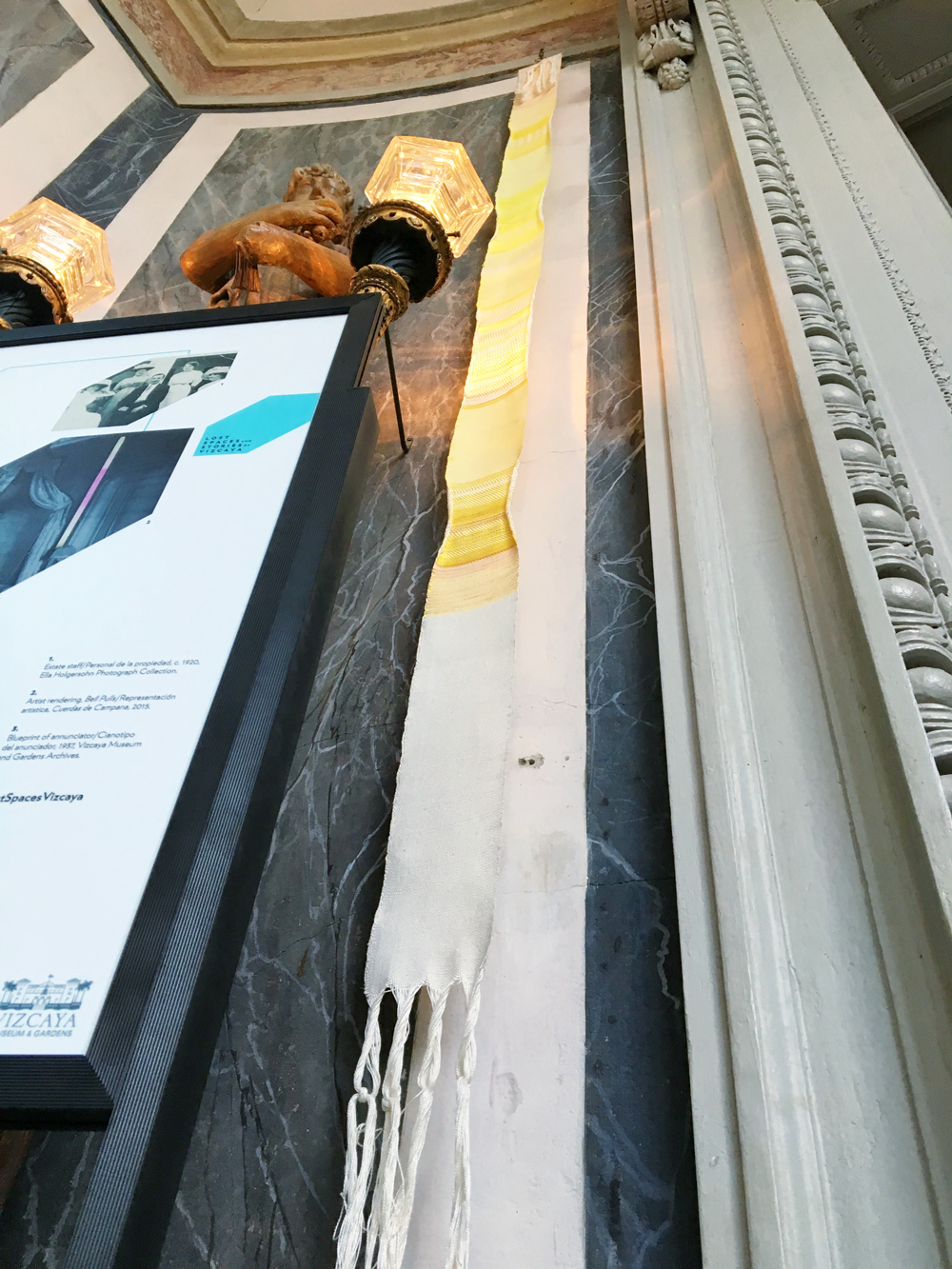
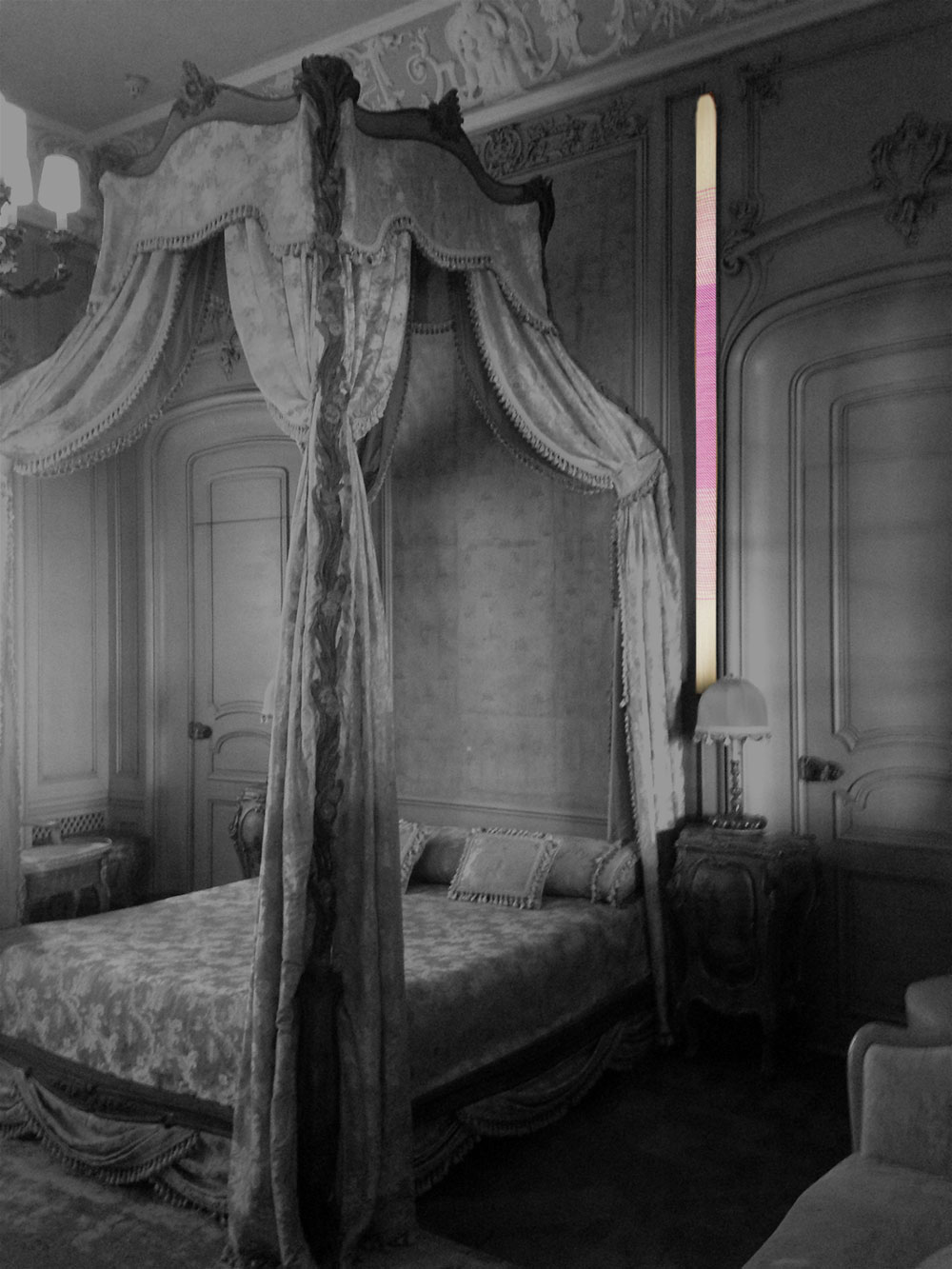
On the second floor, just past the South Gallery you will find Magnus Sigurdarson’s telenovela which was filmed in the Enclosed Loggia and East Loggia with the intent to ”incorporate references to the ways in which the spaces were once used by Vizcaya’s occupants” through narrative.
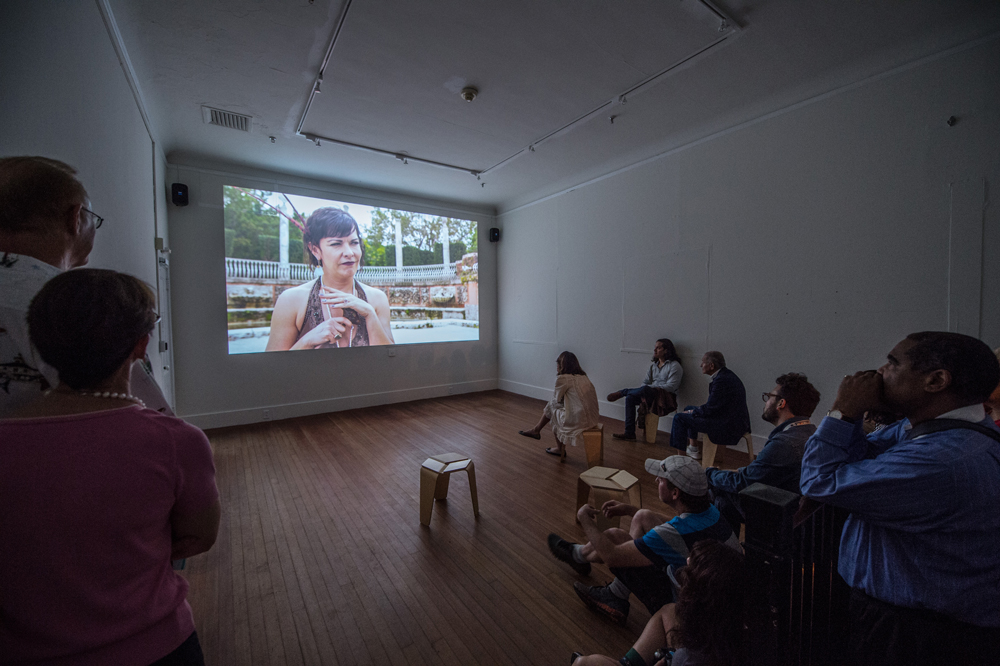
Coral Gables Love spoke with Lucinda Linderman who created a series of maps out of felt to be displayed in the North Arcade where Deering, a maps enthusiast, would have displayed them. Affixed to wooden frames on the wall, Linderman’s large map pieces speak to the “lost spaces” on the waters that line Vizcaya by depicting the different South Florida sea levels in the 1920s, now, and 50 years from now.
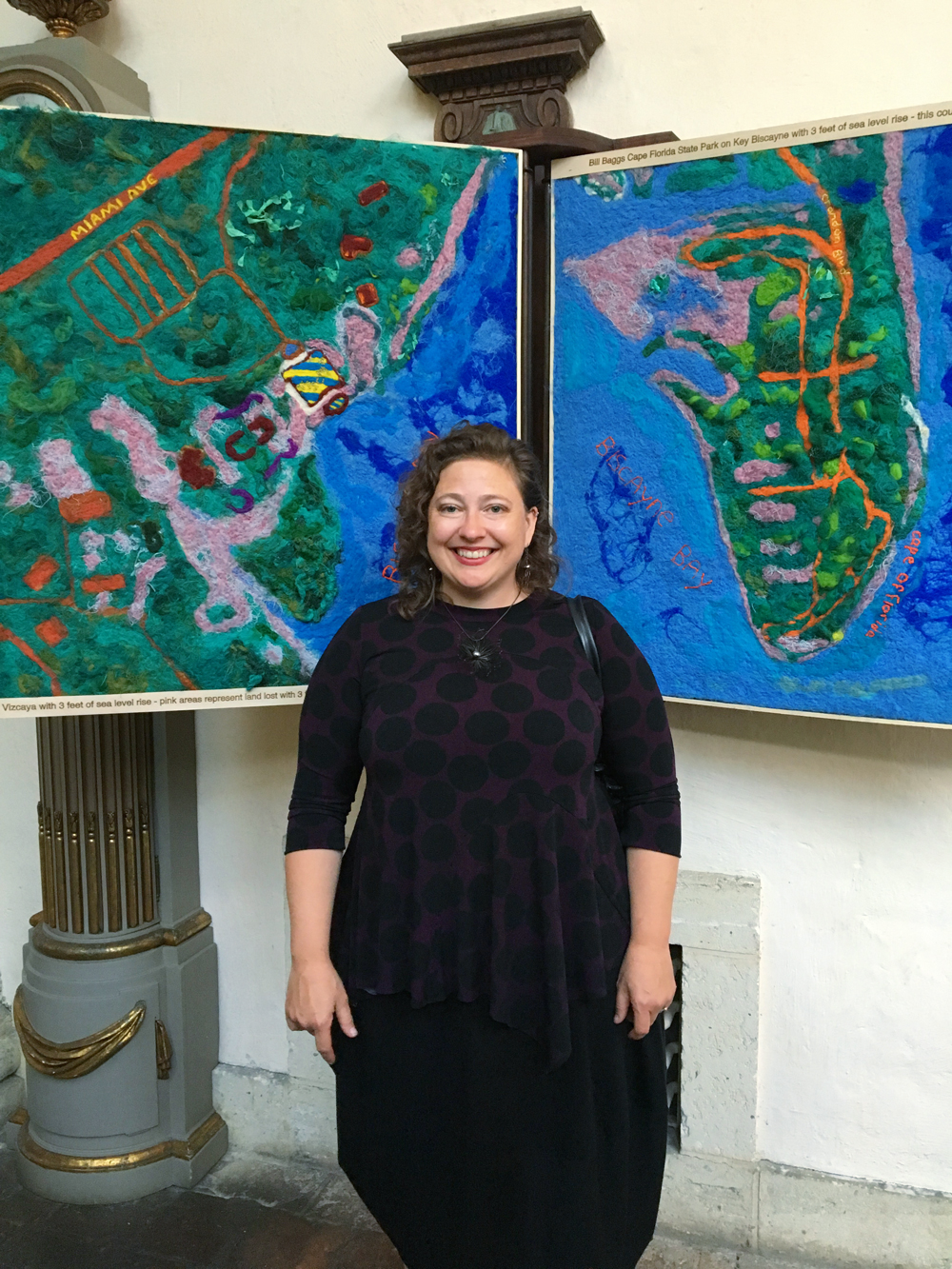
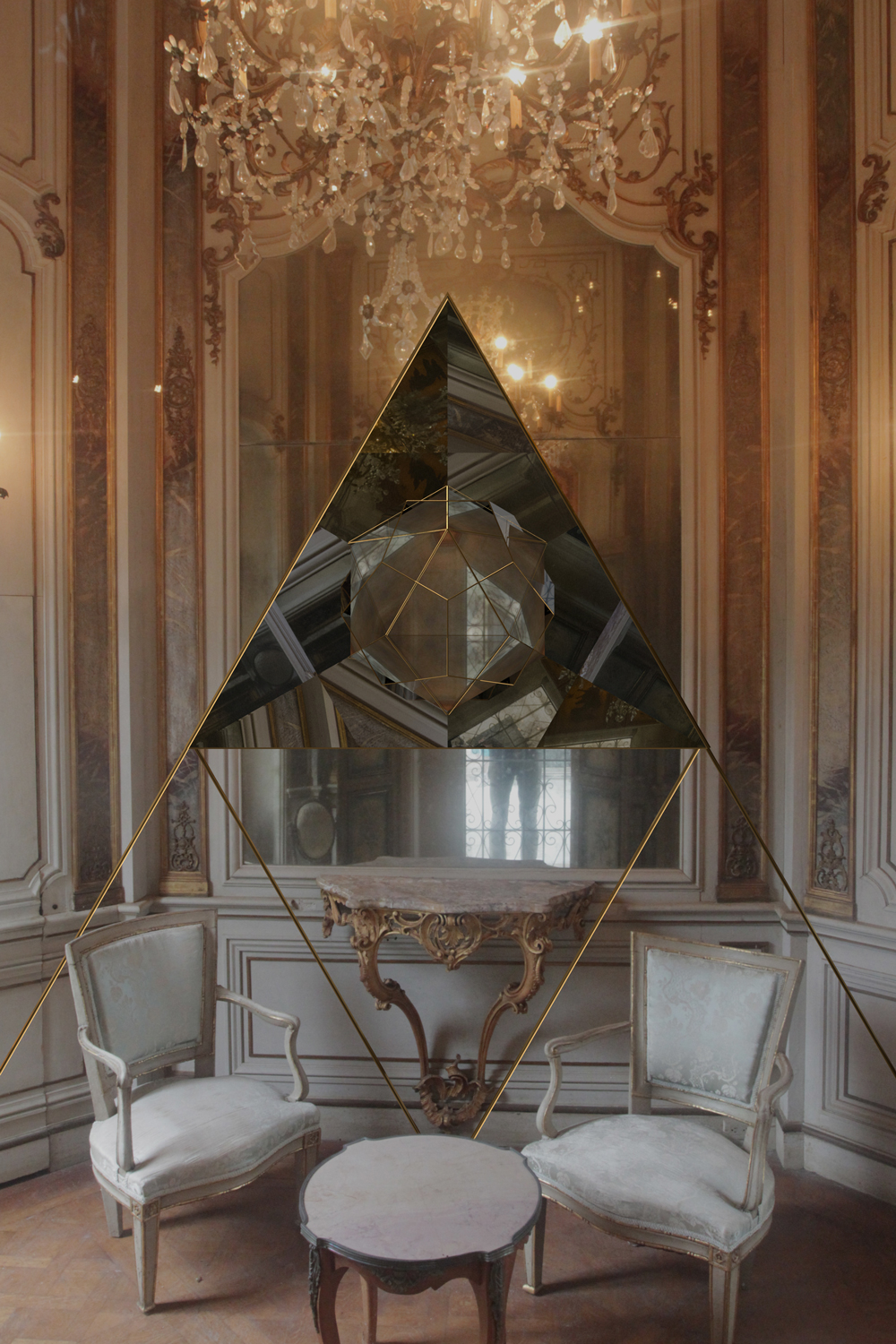

Probably the most unifying pieces are Amanda Keeley’s two neon signs in the Enclosed Loggia. Keely describes her work as a fulfillment of a childhood dream. Growing up near Vizcaya and going there as a child inspired her desire to submit her proposal. Her intent was to restore the spirit of the house in a room that was lost and transformed when Vizcaya became a museum and it became a congregation space. In order to reinstate the ethereal and decadent essence of the estate and the era in which it was built, Keely loosely interpreted a quote which is etched on east façade of the Main House: “Take the gifts of this hour. Put serious things aside”
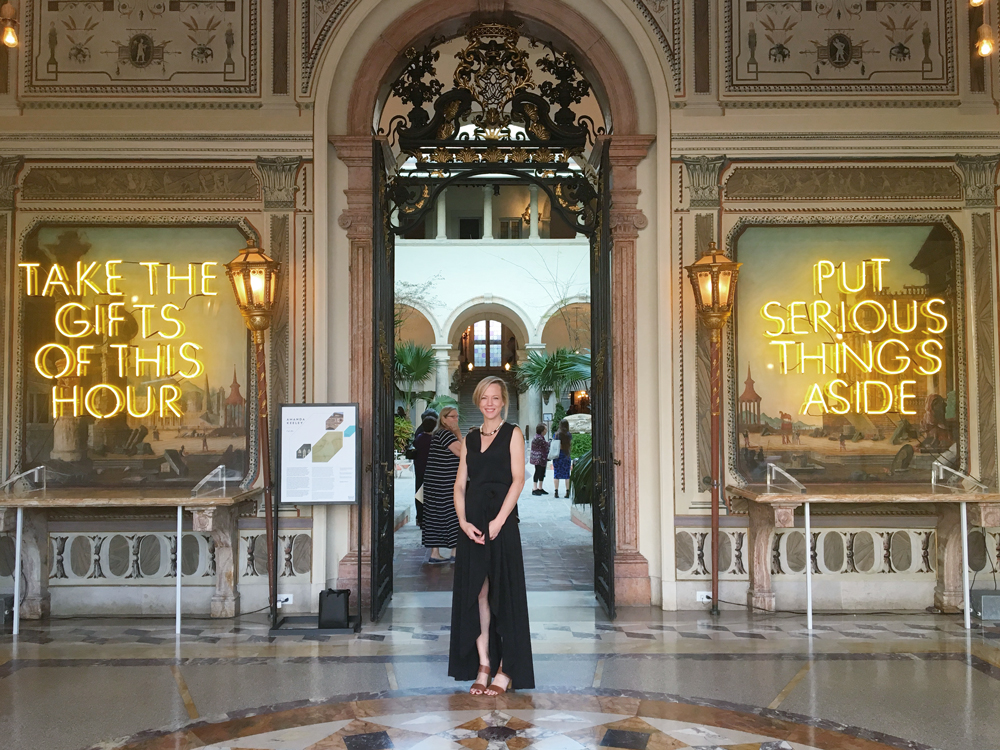
The overall effect of the first Phase of the exhibition was to bring us in and fully envelope us in what this estate once was. More than a place of lodging and lavish partying, the exhibition tells stories that we all want to hear. Stories of secrets, intrigue, love, loss. And like any good story, we are left in suspense of more. So, look forward to Phase II, which will feature four additional projects and run from December 2016 to May 2017. For now, and until May 2017, you can enjoy Phase I of the Lost Spaces and Stories of Vizcaya.
Located at 3251 South Miami Avenue, between Brickell Avenue and Coconut Grove, Vizcaya is open daily from 9:30 a.m. to 4:30 p.m. except Tuesdays, Thanksgiving Day and Christmas Day. For more information, visit www.vizcaya.org. Connect via social media or call 305-250-9133.

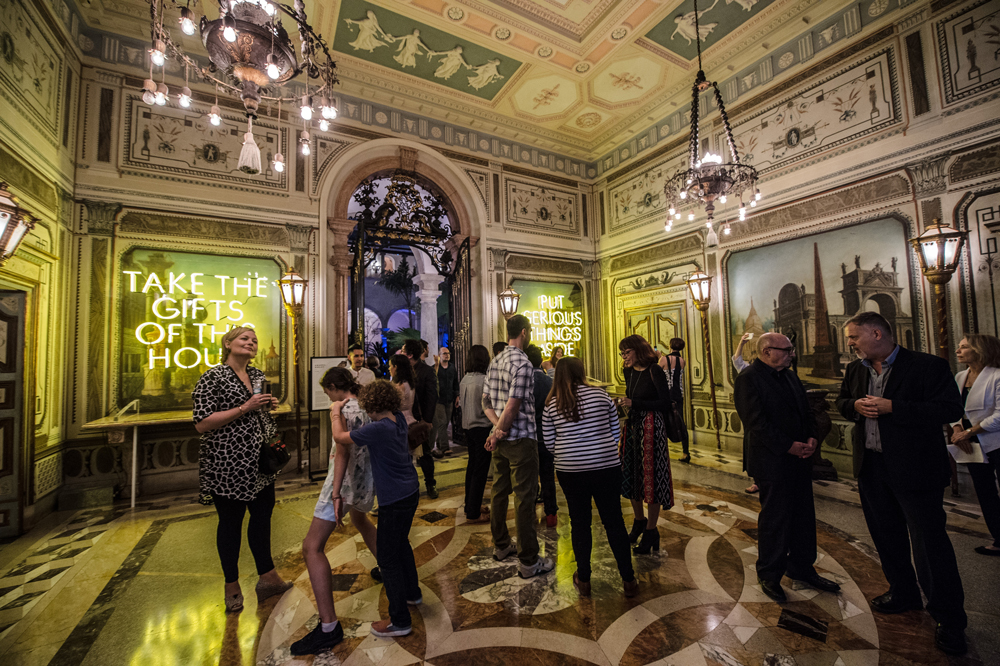
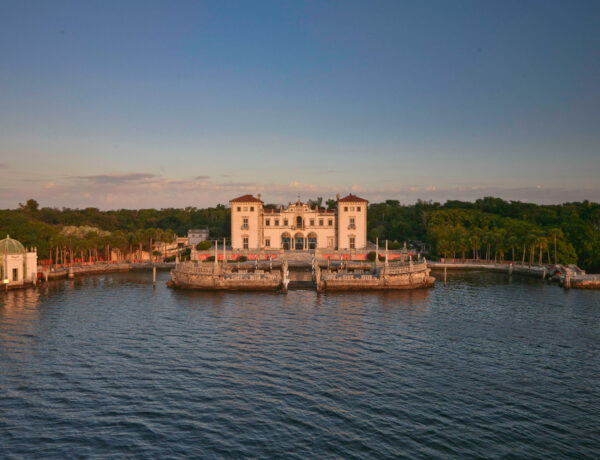
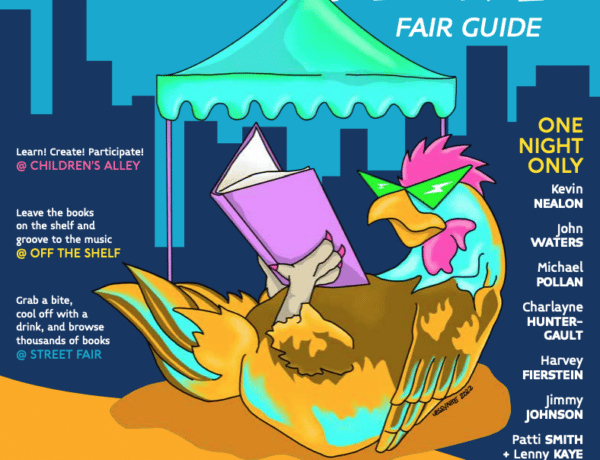
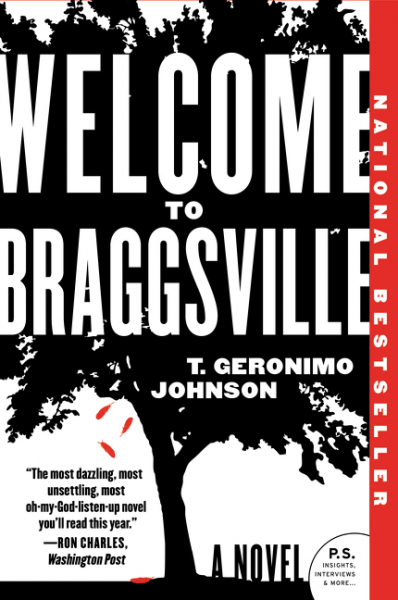
3 Comments
Diana
May 23, 2016 at 8:06 pmI love this city and how the culture is changing! Great post!
Maria Acevedo
May 23, 2016 at 10:59 pmI love Viscaya museum . I love the history and walking the grounds. Great article.
Ana Cristina Mariño
May 23, 2016 at 11:36 pmLove this place! I went recently for the first time and fell so in love about the history it contains that I decided I wanted to search up more places like this around Miami!